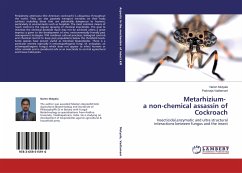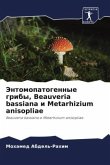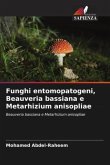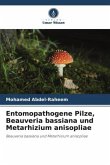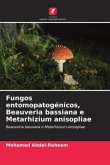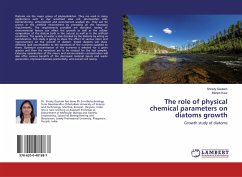Periplaneta americana (the American cockroach) is ubiquitous throughout the world. They can also passively transport microbes on their body surfaces including those that are potentially dangerous to humans, particularly in environments such as hospitals. The most common means of roach control is the regular spraying of chemical insecticides. The goal to minimize the chemical pesticide input may not be achieved unless a great impetus is given to the development of new, environmentally friendly pest management strategies. IPM combines cultural practices, biological controls and chemical control to keep pest populations below the threshold levels. Some species have proven useful as microbial biopesticides. There is a particular interest especially in entomopathogenic fungi. M. anisopliae, an entomopathogenic fungus which does not appear to infect humans or other animals and is considered safe as an insecticide to control agricultural and house hold pests.
Bitte wählen Sie Ihr Anliegen aus.
Rechnungen
Retourenschein anfordern
Bestellstatus
Storno

